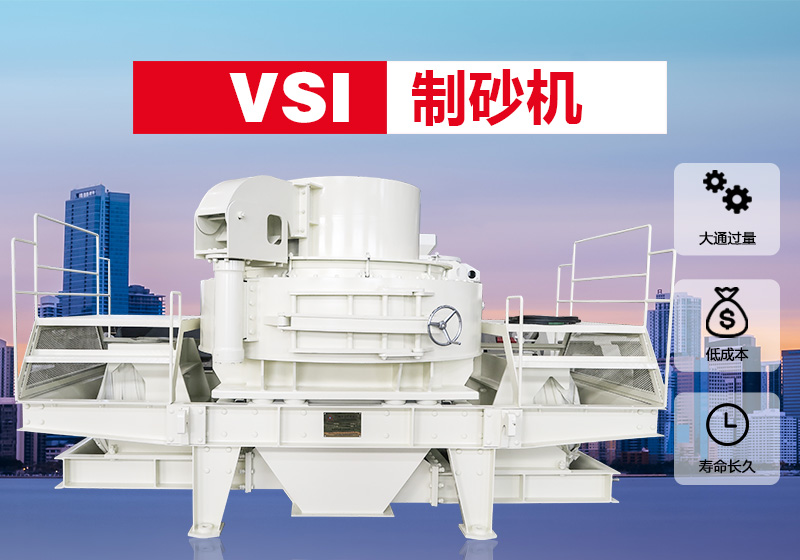
Cone crusher
1. Keep the tight edge discharge opening parameters unchanged.
In order to achieve stable sand and gravel product output, quality and production line load, it is necessary to ensure that the parameters of the discharge opening of the cone breaking edge remain unchanged. Otherwise, it will easily lead to an unexpected increase in product particle size, which will affect the entire production line system and the final dyeing output.
2. Try to keep running at full capacity.
If a cone crusher is operating at full capacity and at half capacity due to factors such as unstable feeding, its product particle shape and product rate will also fluctuate. Try to ensure that the cone crusher runs with a full cavity and do not overfeed to obtain better throughput and particle shape.
3. Don’t feed too little.
Providing only a small amount of raw materials will not reduce the burden on the cone crusher. On the contrary, too few raw materials will not only damage the product output and cause poor particle shape, but also have an adverse effect on the bearings of the cone crusher.
According to the working principle of the cone crusher, the actual power of the cone crusher should not be less than 40% of the rated power. In order to obtain proper "load bearing positioning" and maximize productivity, the actual power of the cone crusher should be maintained between 40% and 100% of the rated power, and reaching 75% and 95% of the rated power during operation is the best choice.
4. The feed drop point needs to be aligned with the center point of the cone crusher feed inlet.
Use vertical deflectors to guide the feed drop point to the center of the cone crusher feed opening. Once the landing point is eccentric, one side of the crushing cavity is full of material and the other side is empty or less material, which will cause adverse effects such as lower crusher throughput, an increase in needle-shaped products, and a larger product particle size.
5. Ensure uniform feeding.
When feeding, it is necessary to avoid the situation where large-sized stones are concentrated on one side and small-sized stones are concentrated on the other side to ensure that the stones are evenly mixed.






 Leave Message
Leave Message Chat Online
Chat Online










